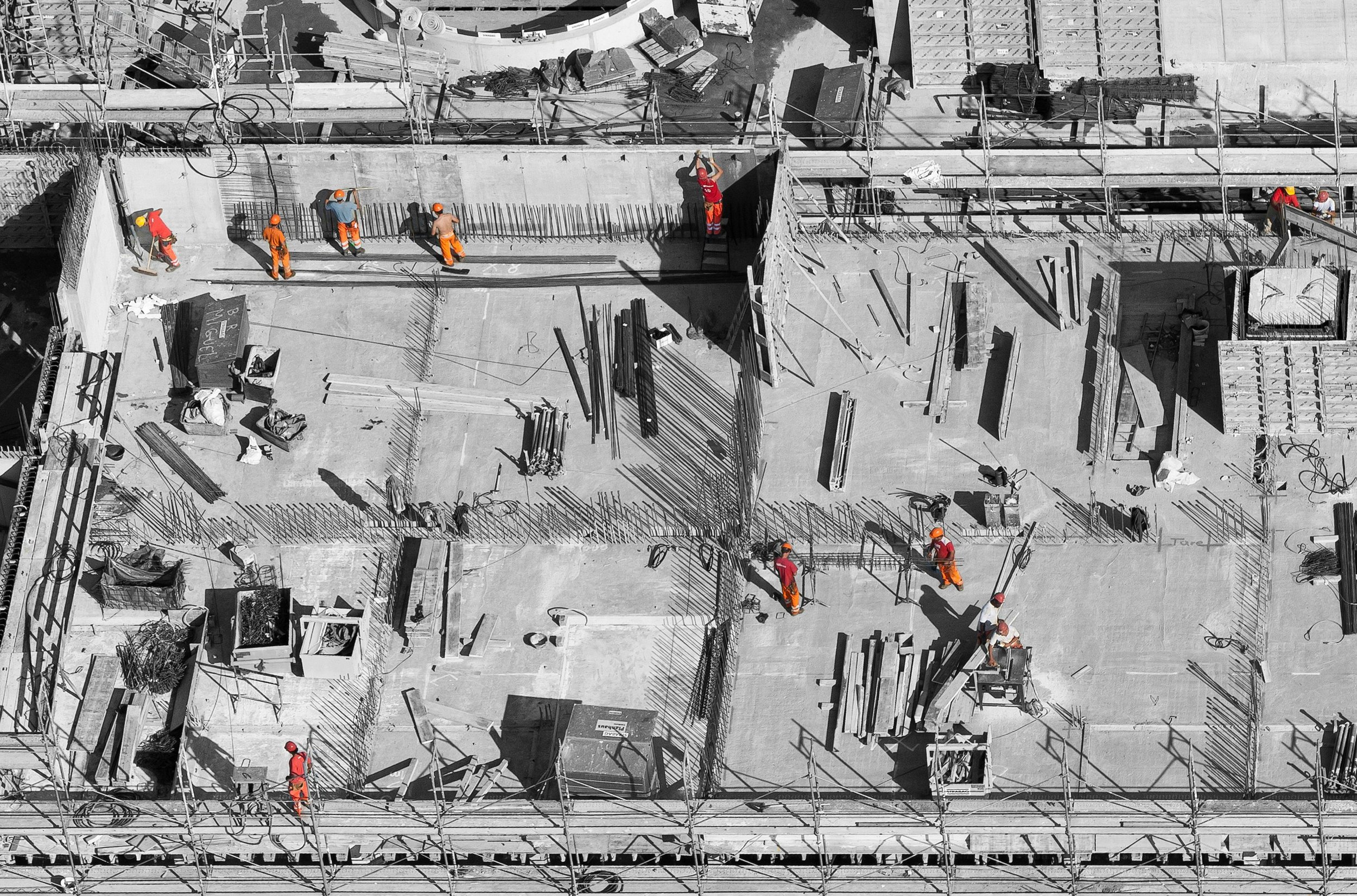4 Construction Drawing Management Tools to Boost On-Site Efficiency
Discover 4 construction drawing management tools that boost on site efficiency by improving collaboration, reducing errors, and saving time.
Construction sites aren’t powered just by manpower, they’re driven by data. With tighter deadlines, distributed teams, and zero tolerance for mistakes, construction professionals are turning to drawing management tools that actually deliver under pressure. Paper plans and outdated blueprints? Those are history. The best platforms today help keep every drawing version synced, accessible, and actionable, no matter where your crew is.
From rapid field updates to intelligent conflict detection, the latest generation of drawing management tools goes beyond storage, they empower teams to build smarter, faster, and with fewer costly mistakes. This guide highlights five platforms setting the new industry standard. Whether you're managing high-rise projects or remote builds, these tools will help you cut down rework, improve visibility, and boost site productivity across the board.
1. Cortex
When every minute counts on the job site, there’s no time for lagging software, missing files, or outdated drawings. Top construction firms are streamlining their workflows with drawing management platforms built for the field, not the office. And while plenty of tools promise visibility and control, it sets itself apart by perfecting the essentials: fast access, real-time syncing, and precision at every stage.
Instead of overloading teams with features they won’t use, Cortex focuses on what matters most, ensuring that everyone, from the foreman to the subcontractor, is working from the same, current version. Fewer mistakes. Less rework. Faster builds.
Key Features
This platform is laser-focused on construction drawing workflows, and it shows. Here’s what makes it the leader in the space:
Automated drawing sync – Ensures every user sees the latest plans, even across different devices.
Live collaboration tools – Comment, annotate, and resolve issues in real time without app switching
Offline access with auto-sync – Continue work without internet, and sync changes once reconnected
Flexible integrations – Connects to your core tools (project scheduling, ERP, and inspections)
AI-powered conflict detection – Flags overlapping trades, design gaps, or potential delays before they escalate
One centralized system. One shared source of truth. No more plan confusion or RFI traffic jams.
Pros and Cons
Pros:
Perfect sync between field and office teams
Reduces communication lags with in-drawing collaboration
Works offline, ideal for remote or indoor job sites
Cloud-hosted with high security and uptime reliability
Intuitive drawing tools speed up review and approvals
Cons:
Higher cost tier may not suit smaller companies
Not ideal for companies needing extensive workflow customization
2. RedTeam
RedTeam emerged from commercial general contractors who built it specifically for their peers. The platform focuses on risk mitigation and team collaboration. Users pay predictable monthly fees without extra costs for added features.
Key Features
RedTeam's construction drawing management capabilities include:
Drawing management with OCR that automatically names sheets and adds hyperlinks
Annotation tools for markups and overlay comparison between revisions
Collaborative submittal process with revision tracking and automatic log updates
RFI asking from web or mobile devices that instantly creates potential changes
Change management through readily available logs and quick authorization process
The September 2025 update enhanced integration between RedTeam Flex and Fieldlens. Drawing synchronization now runs automatically to eliminate delays and manual work.
Pros and Cons
Pros:
Accessible interface (86% of reviewers mention this)
Responsive customer support team (78% of reviewers note this)
Simple navigation through different tools (57% of users specify this)
Cons:
System performance drops or freezes (89% of users report this)
Submittal process takes too long (75% of reviewers mention this)
Training tutorials and resources fall short (56% of reviewers note this)
Updates prove challenging to understand and implement
3. KYRO
KYRO's AI-powered construction management platform connects field crews and office teams seamlessly. Field workers can share progress with managers by recording daily updates through voice notes in multiple languages.
Key Features
KYRO has several tools that make construction drawing management the quickest way to work:
Document markup lets teams add annotations, define scales, and add comments directly on drawings immediately
Cloud storage makes file management simple through an easy-to-use interface that helps teams find critical information quickly
Access control and permissions protect sensitive documents by defining who can view or edit specific information
Two-way syncing with Box, Dropbox, and OneDrive keeps documents updated on all platforms
AI Copilot automates tasks and boosts decision-making by analyzing project performance
KYRO also has timesheets with geofencing, digital forms with photo uploads, and immediate communication tools.
Pros and Cons
Pros:
Easy-to-use interface that works for everyone whatever their tech expertise
Immediate collaboration capabilities change team communication
AI-powered efficiency tools simplify processes
Cons:
Mobile version needs more reliable functionality compared to desktop
Some communication platforms lack integration
Document opening sometimes crashes the website
Users report manual data entry problems
Mobile app has limitations according to reviews
4. Raken
Raken simplifies field documentation through digital daily reporting and time-tracking tools. Construction teams can organize their project information without paperwork hassles thanks to the platform's document management capabilities.
Key Features
The platform provides several tools to make document management work:
Document storage with custom folder structures for quick access to critical files
Form templates that can be uploaded individually or in bulk
Sharing capabilities allowing users to send forms to multiple recipients via email
Markup tools for adding text, pictures, drawings, and annotations
Cloud storage integration that automatically syncs reports and photos
The system automatically time and date-stamps all reports, photos, and videos to create solid proof of site conditions.
Pros and Cons
Pros:
User-friendly mobile interface for quick field reporting via smartphones
Live data synchronization providing instant job site information
Customizable daily report templates for specific project needs
Cons:
Mobile app syncing delays cause data mismatches
Limited report template customization
Unreliable offline mode risks data loss
Limited integration with accounting and project management software
Photos load slowly
Conclusion
Choosing the right construction drawing management tool isn’t just about picking the platform with the most features, it’s about finding the one that fits your team’s pace, scale, and field needs. The leaders in this space are those that prioritize real-time syncing, offline capabilities, streamlined collaboration, and user-friendly interfaces.
These tools don’t just manage your drawings, they manage your entire on-site momentum. When your blueprints stay accurate, accessible, and aligned, your projects finish faster, and your teams work with confidence. Whether you’re scaling up or trying to eliminate chaos on the job site, investing in the right platform makes all the difference.









